October Birthstone: Tourmaline – The Kaleidoscope of Gemstones
The birthstone for October is tourmaline. Tourmaline, whose mineralogical name is tourmaline, is the “kaleidoscope” of gemstones, and its color covers almost all colors, giving it a colorful and dreamy feeling.
Throughout the ages, tourmaline has won the love of the world for its bright color, rich color, and hard texture. Few gemstones have as much color as tourmaline.
In China, many people are very fond of tourmaline, and the Palace Museum has a large collection of tourmaline jewelry and ornaments, such as morning pearls, earrings, bonsai, etc. Especially in the Qing Dynasty, tourmaline as the Empress Dowager Cixi’s favorite, became one of the very popular precious gems at that time, many officials are decorated with tourmaline on the court clothes, the crown of the hat, which shows how high the status of tourmaline at that time.
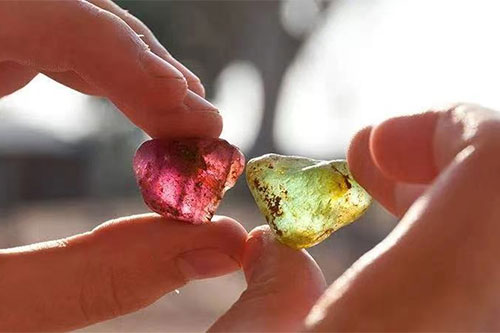
Today, I will take you to see several types of tourmaline that are very popular!
Paraiba tourmaline
First of all, we would like to talk about the very popular Paraiba tourmaline, which is a blue or green color of copper and manganese. Paraiba tourmaline was only discovered in 1989 and as a young gemstone, it has a very special neon blue color, so it caused a sensation in the gemstone world when it came out. At present, in the market, some light green, gray-blue, gray-blue-green tourmaline will be called Paraiba tourmaline by some merchants. To be precise, only a tourmaline with a high saturation blue-green hue in a gemstone that has a certain level of copper and manganese in the gemstone can be defined as a Paraiba tourmaline. It has to be said that the dazzling neon electric blue of Paraiba tourmaline has attracted many gemstone fans.
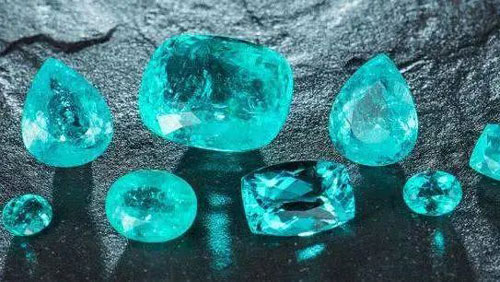
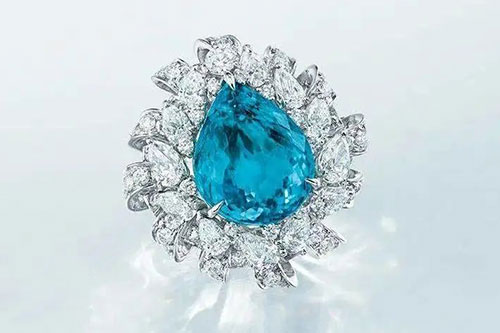
Rubile tourmaline
In the gemstone world, the rubilay tourmaline can be described as a “replica” of the beauty of rubies. Rubellite is derived from the Latin word “rubellus” and is pronounced like “ruby-like”. The color of the Rubile tourmaline is so close to that of a ruby that it is affectionately called “ruby tourmaline”. In the early days, people often confused rubiform tourmaline with ruby, because their colors were so similar; To this day, many people still use it as a stand-in for rubies. The rich and bright red color of the Rubile tourmaline makes it stand out from the crowd and its price is higher than that of the average red tourmaline.

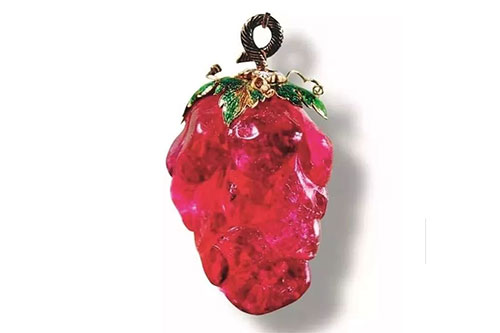
Chrome tourmaline
Chrome tourmaline, as the name suggests, refers to a green tourmaline whose main color-causing element is chromium. Chrome tourmaline is one of the more prized varieties of the tourmaline family, and its rich and intense green color makes it much more expensive than regular green tourmaline. Many consumers find it difficult to distinguish chrome tourmaline from green tourmaline with the naked eye, but through the color filter, we can see that chrome tourmaline will exhibit bright red and orange colors. In the gemstone market, chrome tourmaline is also highly sought after by jewelry lovers.
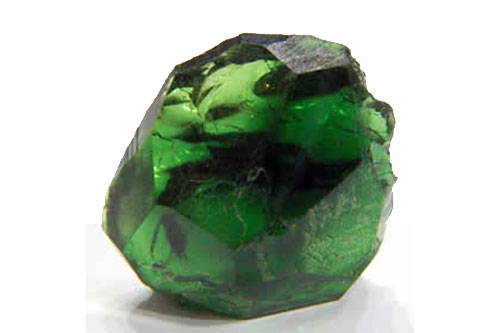
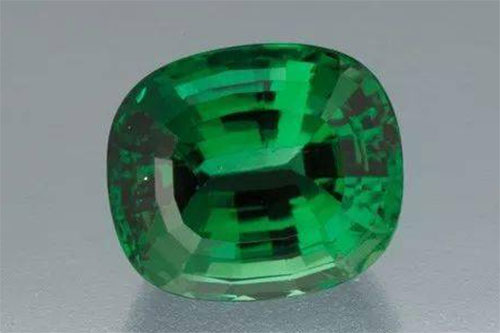
Multicolor tourmaline
Most tourmalines are relatively monochromatic in color, but there is also a multicolor tourmaline on the market that can exhibit two- or tri-color bands inside and outside the crystal. The well-known multicolor tourmaline is mainly watermelon tourmaline, because its infrared green color distribution is quite similar to watermelon, so it is vividly called watermelon tourmaline.
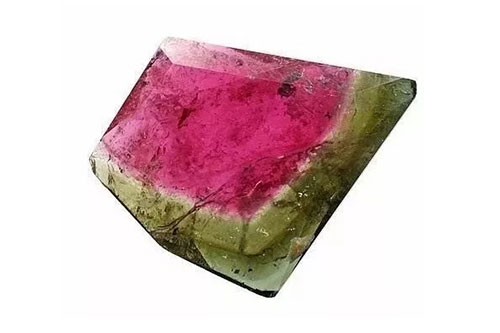
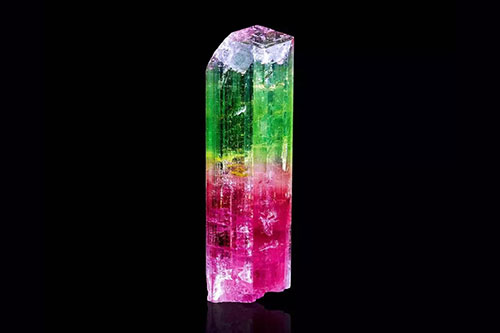
Tourmaline is rich in color, bringing together almost all the colors of the rainbow. As tourmaline is increasingly “revealed” in the works of major jewelry brands and designers, this “upstart” gemstone has also received more attention and love. Tourmalines like a rainbow can let you appreciate the unique charm of colored gemstones!


Leave a Reply
Want to join the discussion?Feel free to contribute!